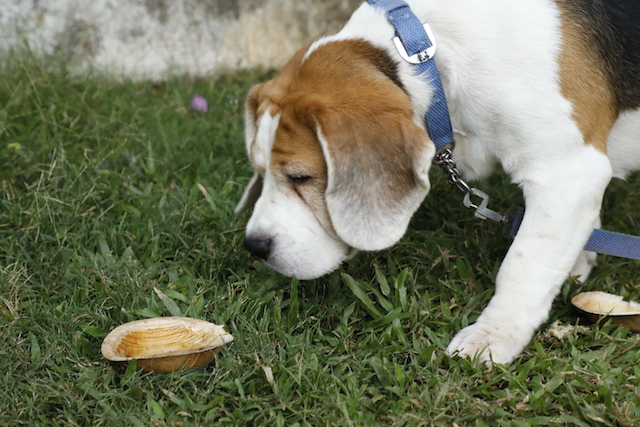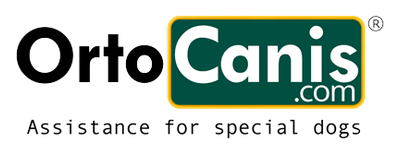Heat Stroke in Pets
Summer has officially arrived!! And even though temperatures always sore in Mumbai April to June are the most dreaded . With climate change affecting all of us, it is important to realise how this affects our pets. Dog fur is a great protection against the cold but can be a problem in hot countries – especially amongst the exotic breeds that weren’t meant to be bred in hot climates. While humans have the provision of sweat glands to aid with cooling, heat release does not occur in dogs in the same way. Dogs lack the normal, predominant sweat glands that humans and other species have. Their primary source of heat exchange (i.e., getting rid of heat) is by panting. Vasodilation is likely the second most important way of cooling the body. Vasodilation helps bring hot blood directly to the surface of the skin, allowing for the blood to cool before returning to the heart. Thus, heat stroke can be commonly seen in pets and should not be ignored. The normal temperature for a dog or cat is around 101.5°F. Pets suffering from heat stroke will have an elevated temperature — rectal temperatures may reach 105°F or higher in a heat stroke emergency.
Causes of Heat Stroke
- Excessive environmental temperature, with or without excessive humidity, and without access to a cool shaded area or water, will eventually lead to heat stroke.
- Leaving a pet inside a parked car is the most common cause of heat stroke. Contrary to popular belief, “cracking a window” is not sufficient to protect your animal from this potentially deadly problem.
- Pets can also experience heat stroke if they exercise too much on hot humid days, or if they are unable to get out of the sun and into some shade.
- Certain breeds of dogs are predisposed to heat stroke. These are the dogs with short noses such as Pekingese, pugs, Lhasa Apso and Boston terriers. These short-nosed dogs have airways that are not as efficient at cooling when they pant.
- Overweight or obesity in dogs can also lead to heat stroke.
Signs and Symptoms of Heat Stroke in pets:
- Body temperatures of 104-110 F degrees
- Excessive panting
- Dark or bright red tongue and gums
- Sticky or dry tongue and gums
- Staggering
- Stupor
- Seizures
- Bloody diarrhoea or vomiting
- Coma
How to prevent you pet from Overheating?
- Provide plenty of fresh clean drinking water at all times.
- If your pet is going to be outside for any length of time in warm weather, then he/she should have access to complete shade.
- Encourage dogs to play in the sprinkler, or can be gently hose them down with cool water to prevent overheating.
- Exercise your dog early in the morning or after sunset, during the coolest parts of the day. Don’t overdo exercise or play sessions, regardless of the time of day.
- Don’t walk or exercise your pet on hot pavement. Not only can it burn his paws, but the heat rising from concrete can quickly overheat an animal that lives close to the ground.
- Never under any circumstances leave your pet alone in a parked car on a warm day.
- Always maintain an Ideal house temperature for cats and dogs. Here are 6 great easy to follow tips!
What should you do if you suspect you pet in a Heat Stroke?
- Remove your pet out of the heat.
- Use cool water, not ice water, to cool your pet.
- Keep cool wet clothes on feet and around head.
- Do not aid body cooling below 103 F degrees – some animals can actually get Hypothermic (too cold)
- Offer ice cubes for the animal to lick on until you can reach your veterinarian, but do not force ice or water to your pet.
- Just because your animal is cools and “appears” OK, do NOT assume everything is fine. Internal organs such as liver, kidneys, brain, and other organs are definitely affected by body temperature elevation. There can be problems like DIC (Disseminated Intravascular Coagulation) that can be a secondary complication to heat stroke that may be fatal.
- Therefore, blood tests and veterinary examination should assess this.
Some Homoeopathic Remedies for Heat Stroke:
- Amylenum nitrosum – Useful in sunstroke with the characteristic surging of the blood to the head and face, oppressed respiration, staring eyes, choking in throat, longing for fresh air and dull confusion of head
2. Glonoine – The first remedy to try for sunstroke when there is giddiness a pet falling down due to that.
3. Natrum Carb – Oversensitive to heat, especially after sunstroke, even some years after; has to be well shaded when walking in the sun, must seek a cool or dark place. The pet can be oversensitive to noise, suffers from debility and you can see contraction of muscles.
4. Gelsemium sempervirens – Dizziness, drowsiness, dullness, and trembling; eye or visual effects; and polyuria; slow pulse, tired feeling, mental apathy. Paralysis of various groups of muscles about eyes, throat, chest, larynx, sphincter, limbs, etc. Muscular weakness. Complete relaxation and prostration. Lack of muscular co-ordination
5. Theridion curassavicum – Dehydration, vomiting giddiness is seen with a sunstroke
While these remedies can guide you with the initial few hours after you notice a heat stroke in your pet it is important to seek professional help as soon as possible.
Wishing all of you’ll a Happy and Safe summer!









